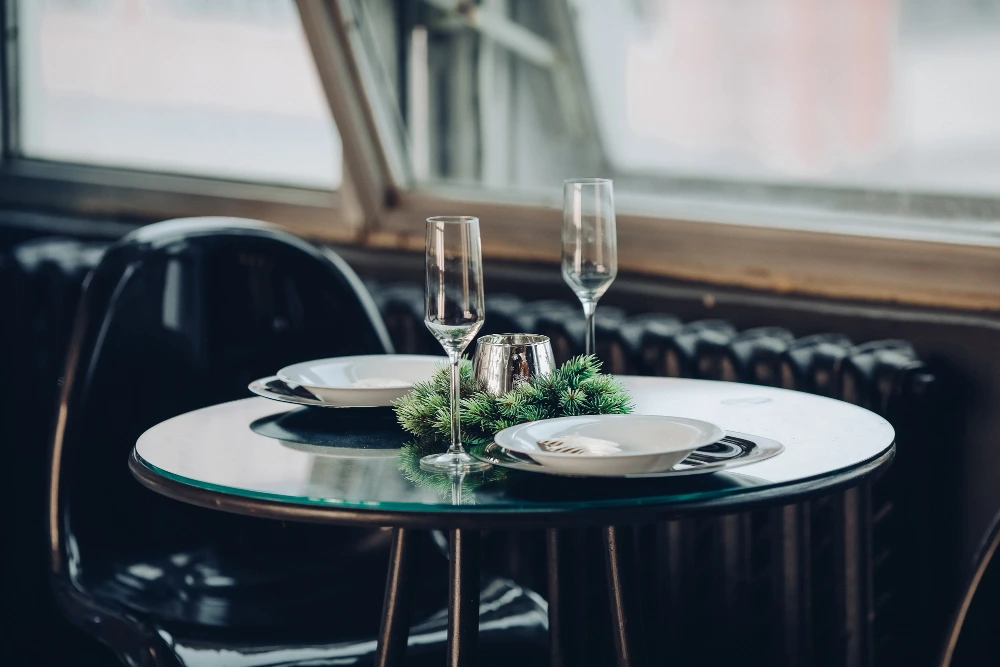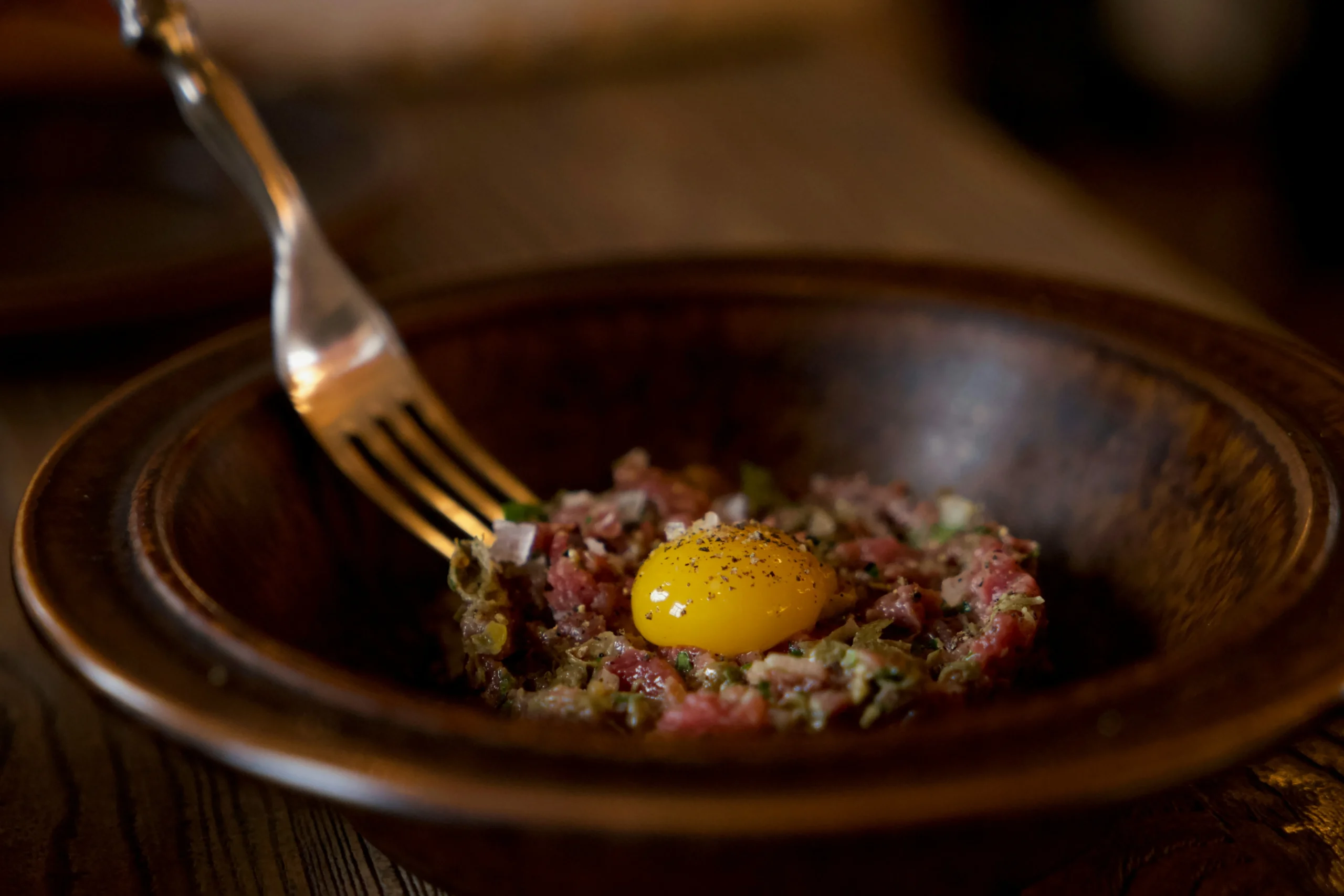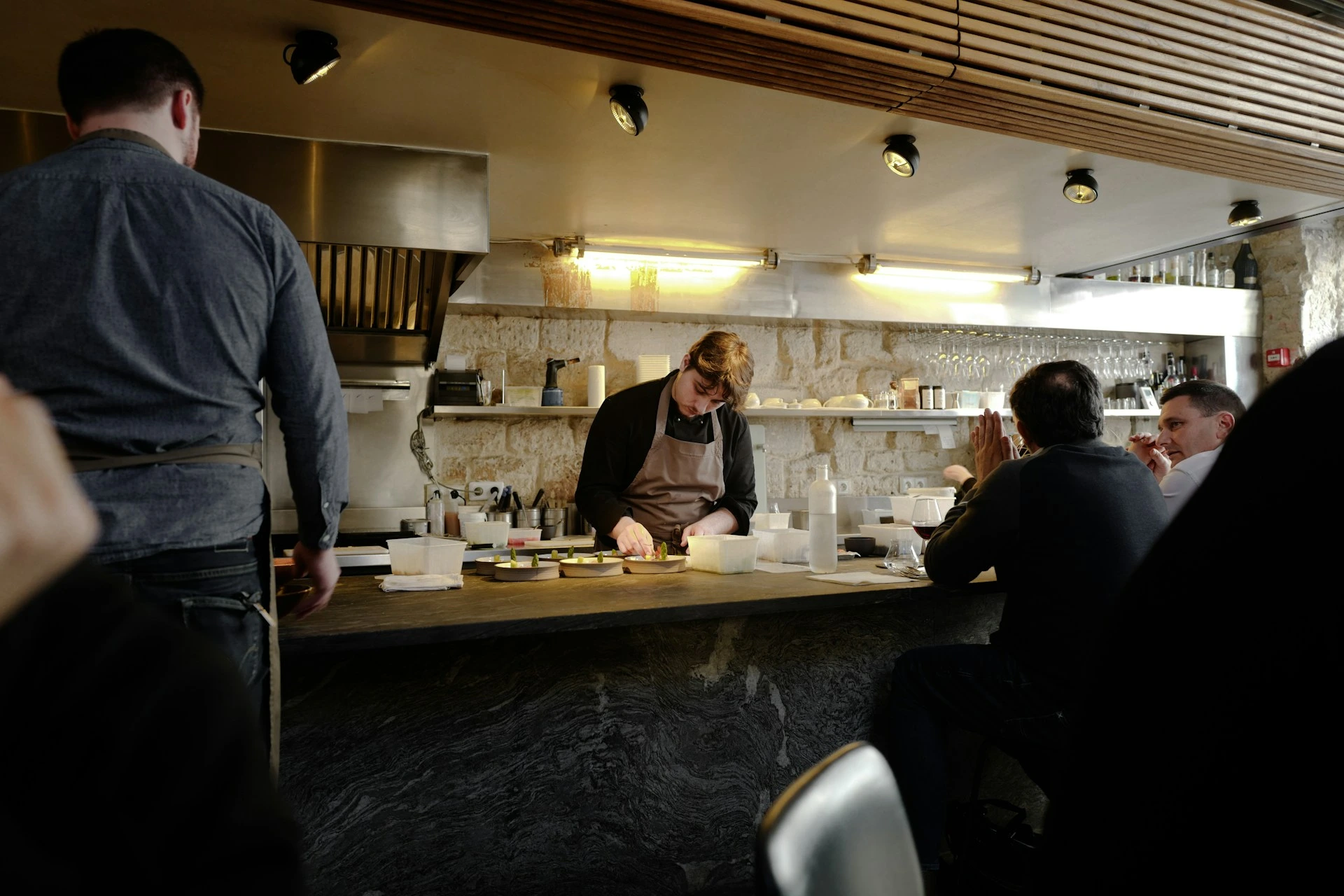From its beginnings, French cuisine has represented refined dining experiences in style and class. In past decades only special events at upscale dining venues would offer fine dining experiences with formal attire and long menus. In recent years, French restaurants have evolved by bringing high-quality cuisine to the casual dining experience.
As Jack Rasmussen, author of Fine Dining: The Secrets Behind the Restaurant Industry, says,
“Being a restaurateur means being a self-starter and being independent. It is synonymous with being an entertainer. You have to market your idea to ensure other people will also like it as much as you do.”
This is exactly the idea that French dining establishments had when they decided to switch to casual fine dining—calling in customers of all social classes. The transformation of luxury standards now brings fine dining into wider reach with no loss of traditional French culinary principles. A reliable reservation management system helps these venues streamline bookings and enhance guest experiences.

The Heart of French Cuisine: Blending Tradition with Modernity
The best examples of French cuisine rely on exceptional ingredients alongside classic preparation methods combined with beautiful dish presentation.
Even casual dining upholds such traditional elements, freeing diners from formal protocols. The dining experience adopts a relaxed style that supports creative dining options as well as comfortable service to let guests experience exceptional French dining in a non-formal setting.
Food preferences are shifting across society because dining has transitioned past elitist boundaries to create a more accessible enjoyment and social bonding environment. French dining establishments have started to create comfortable environments that maintain their signature culinary excellence through a redefined fine dining experience.
From Tradition to Transformation: The Evolution of French Fine Dining
The story of the rewriting of French gastronomy’s journey from the royal courts to today’s bustling bistronomy scene is that of constant reinvention. In the 19th century, the rigid hierarchy of traditional French restaurants with multiple servers, intimidating wine lists, complicated protocols, and the clientele they served was elite.
For generations, this has been the fine dining model for France, not to mention for most of the world.
The financial crisis of 2008 started a new direction. When budget-conscious guests and young chefs wanted creative control, their traditional restaurant routines fell apart. Michelin-starred chefs launched casual dining places, bringing exceptional food experiences to diners in less formal environments.
The Hallmarks of Casual Fine Dining in France
French restaurants embrace casual fine dining and focus on delivering a high-quality experience with relaxed elegance. Here are some key elements that define this trend:
1. High-Quality Ingredients
The point of French cuisine is to respect ingredients. This commitment through casual fine dining restaurants starts by sourcing local, fresh, and seasonal produce. Cared dishes with natural flavors to avoid too many additives.
2. Creative Menus
Casual fine dining usually offers à la carte or shorter tasting menus instead of rigid, multi-course menus. Chefs are allowed to invent blends of old and new recipes and techniques in gestation. It is a creative flexibility that appeals to a wide audience.
3. Relaxed Ambiance
No more strict dress codes, no more hushed dining rooms to hide in to avoid your shadow. The goal of these spaces is to create a feeling of casual fine dining with a warm feeling and minimal decor, and, of course, open kitchens and communal seating. It’s about making diners feel comfortable.
4. Accessible Pricing
Casual fine dining is a tad bit more expensive than casual bistro dining but certainly more affordable than traditional fine dining. With this pricing strategy, more people can have gourmet meals without breaking their bank accounts.
5. Personal Service
At casual fine dining places, you find service staff who attend to you while staying approachable. Team members know their jobs well and treat diners like family at the restaurant.

French Restaurants Leading the Trend: Redefining Luxury
Many French restaurants are at the forefront of the casual fine dining movement, demonstrating how tradition and accessibility can coexist. Wondering what spots offer this service? Read on.
Septime (Paris)
Located in Paris, Septime restaurant showcases how to deliver high-quality dining without formal expectations. People enjoy this restaurant because it delivers fresh menu options with exceptional dishes in an easygoing restaurant.
Since earning a Michelin award, Septime created a casual dining space with wooden furniture and open spaces.
Le Chateaubriand (Paris)
Le Chateaubriand stands out in Paris with its unexpected tasting menu designs. By pairing simple yet stylish dining with creative cuisine, the restaurant sets new standards for gourmet dining experiences.
La Bijouterie (Lyon)
La Bijouterie in Lyon combines French cooking traditions with international dishes while creating a modern, relaxed dining atmosphere.
Expanding the Reach of French Cuisine
France is not the only country adopting this dining trend. French restaurant owners worldwide are using this method to share French culinary magic with diners across the globe. For example:
Petit Crenn (San Francisco): This California restaurant draws inspiration from the Brittany region of France while creating a simple seafood menu in a relaxed dining atmosphere.
Le Coucou (New York City): Le Coucou’s French luxurious dining style meets a relaxed atmosphere that attracts a devoted fan base.
French cuisine continues to win more customers worldwide through easier luxury dining experiences.
Why Casual Fine Dining Matters
Casual fine-dining restaurants now let everyone enjoy upscale dining experiences. When high-end dining loses its select audience status, it empowers more people to savor top-quality meals. People wishing to discover French culinary artistry will now find an environment to enjoy it without worry.
Much like this change, it helps restaurants reach new audiences while staying modern in dining trends. French restaurants must adjust to new diner tastes to keep their classic traditions alive and shape their future.

Conclusion: French Fine Dining for Everyone
French food receives new attention through casual fine dining experiences. French restaurants merge traditional and new techniques while uniting upscale dining with relaxed environments to make luxury dining suit all types of guests. Chefs throughout France drive a worldwide culinary revolution by making high-end food experiences available to everyone.
Whether you’re savoring a delicate soufflé in a cozy Parisian bistro or exploring creative small plates in a modern dining space, one thing is clear: Today, French fine dining is accessible to everyone across all social classes.

Unlock the tips that will help you stand out from the crowd and get more bookings!

Learn how to save time, reduce stress and fill your restaurant while you sleep!

Stephanie Bugeja
Tableo’s design-savvy Marketing Executive, Stephanie blends UX expertise with creative flair. Lover of clean layouts and cornetti in Rome.

Stephanie Bugeja
Tableo’s design-savvy Marketing Executive, Stephanie blends UX expertise with creative flair. Lover of clean layouts and cornetti in Rome.









